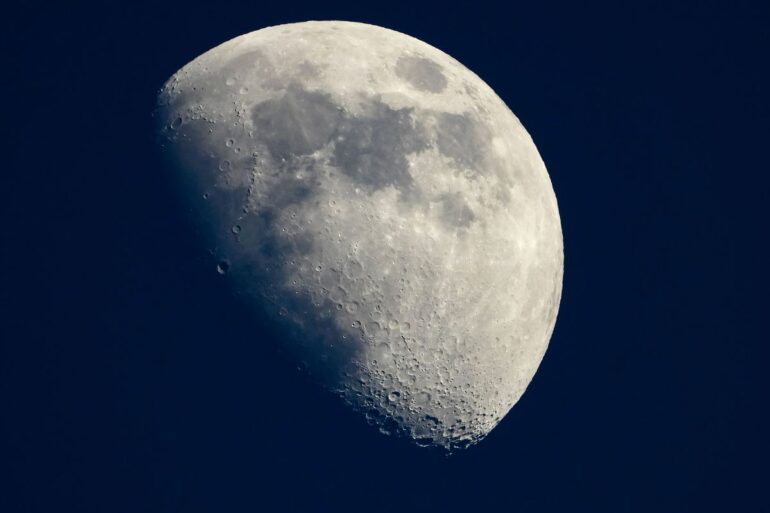TL;DR:
- Machine learning reexamines Apollo-era data on lunar seismic activity.
- Apollo 17 mission’s thermal moonquake data unveils surprising findings.
- Thermal moonquakes are linked to temperature fluctuations and lunar surface movements.
- Seismic activity on the Moon follows precise patterns, with morning tremors traced to the Apollo 17 lunar lander base.
- Implications for NASA’s Artemis program in establishing a permanent lunar presence.
- Potential applications include mapping subsurface cratering and seeking water ice in permanently shadowed regions.
- This research provides critical insights into the Moon’s internal structure.
Main AI News:
In a breakthrough revelation, a recent analysis of seismic activity on the Moon has harnessed the power of machine learning to revisit archival data from the Apollo era. This reevaluation sheds new light on the enigmatic phenomena known as “moonquakes.” Specifically, this pioneering study reexamined data from the historic Apollo 17 mission, uncovering a surprising source of lunar vibrations—the Apollo 17 lunar lander base.
Published in the Journal of Geophysical Research – Planets, this research hones in on eight months’ worth of thermal moonquake data collected during the Apollo 17 mission of 1972. These thermal moonquakes, induced by dramatic temperature fluctuations ranging from a scorching 250 degrees Fahrenheit to a bone-chilling -208 degrees Fahrenheit, cause the Moon’s surface to expand and contract, resulting in subtle tremors and fissures.
The findings of this comprehensive reevaluation indicate that thermal moonquakes exhibit a striking regularity, occurring consistently every afternoon as the Moon embarks on its cooling cycle. Intriguingly, the analysis also unveiled a distinct pattern of seismic activity during the morning hours, distinct from the evening moonquakes.
The diligent researchers traced the origin of this additional morning seismic data to none other than the Apollo 17 lunar lander base. Situated a few hundred meters away, this structure experienced heating and expansion during the lunar morning, setting off vibrations that were astutely captured by the seismometer array.
Allen Husker, a research professor of geophysics and co-author of this groundbreaking study, illuminated the phenomenon, stating, “Every lunar morning when the sun hits the lander, it starts popping off. Every five to six minutes, another one, over five to seven Earth hours. They were incredibly regular and repeating.”
This remarkable revelation carries significant implications for NASA’s Artemis program, which aims to establish a permanent lunar presence. Future Artemis missions are poised to introduce cutting-edge seismometer technologies to the Moon’s surface, promising to unveil invaluable insights into lunar subsurface materials and other critical data for upcoming lunar endeavors.
Husker further emphasized the potential of this research, stating, “We will hopefully be able to map out the subsurface cratering and to look for deposits. There are also certain regions in craters at the Moon’s South Pole that never see sunlight; they are permanently shadowed. If we could put up a few seismometers there, we could look for water ice that may be trapped in the subsurface; seismic waves travel slower through the water.“
Ultimately, this groundbreaking work holds the key to addressing numerous unresolved questions regarding the Moon’s internal composition and structure. Husker underscored the significance of this mission, saying, “It’s important to know as much as we can from the existing data so we can design experiments and missions to answer the right questions. The Moon is the only planetary body other than the Earth to have had more than one seismometer on it at a time. It gives us the only opportunity to thoroughly study another body.“
Conclusion:
The reanalysis of lunar seismic data, revealing the source of thermal moonquakes and their patterns, marks a significant step forward in our understanding of lunar geophysics. For the market, this newfound knowledge has the potential to drive innovation in lunar exploration technologies and further solidify the prospects of lunar resource utilization, especially in areas with permanently shadowed regions rich in water ice. The demand for advanced seismometer technologies and the potential for future lunar missions is likely to see a boost, creating opportunities for companies in the space technology sector.

